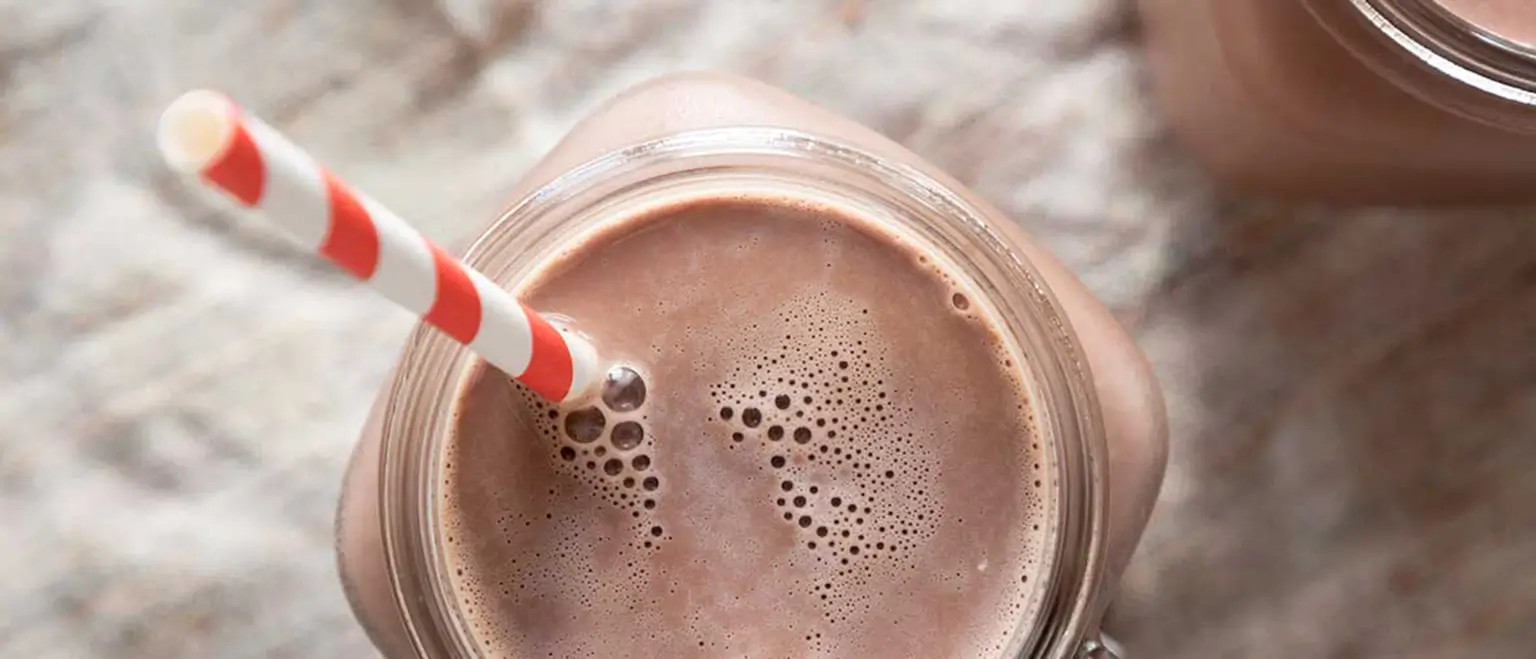
The sweet truth: Why flavored milk is a nutritious choice for kids
As back-to-school season is upon us, mornings spent packing school lunches and on-the-go breakfasts are on the horizon for many parents.
Whether packing a meal from home or opting for school-provided meals, parents care about getting their kids enough nutrition. But as any parent knows, the key is not only providing nutritious foods but ones your kids will actually eat.
Parents can feel good knowing that flavored milk can provide a constant source of wholesome nutrition for children throughout the upcoming school year.
With each chocolate or strawberry milk carton they drink, your child is getting 13 essential nutrients — from calcium to vitamins and minerals, and there are even more benefits of dairy.
The importance of chocolate milk in schools
Many parents of young children know that getting your kids to eat nutritious foods can feel like an uphill battle.
Flavored milk, like chocolate milk and strawberry milk, contain all the same nutrients as a glass of unflavored white milk, but with a flavor kids get excited about.
At Dairy Farmers of America (DFA), some of our farmer-owned brands supply the flavored milk at your child’s school. Our brands continually work to create a formula that tastes great. Recently, this has included lowering the levels of added sugar (even more!) and for some brands, moving toward removing lactose. With lactose-free milk, the benefits of real dairy can still be enjoyed by all!
While it’s normal to be hesitant about allowing your child to drink sweetened beverages, studies have shown that food waste in schools is reduced when flavored milk is offered, and kids have consistently given flavored milk higher compatibility ratings versus unflavored milk.
Today, much of our flavored school milk contains less than seven grams of added sugar, which is well below the recommended daily maximum of 25 grams of added sugar in children’s diets. A 12-ounce regular soda, for comparison, would put your child over that daily limit, with an average of 10 teaspoons of added sugar, which is about 40 grams — and those are widely considered to be empty calories with none of the nutritional value of dairy.
Because of this, various health organizations have acknowledged the benefits of allowing your child to drink flavored milk. By formulating chocolate and strawberry milks to contain low sugar and fat content, we’ve increased the palatability of a nutrient-rich food that can help your child grow and develop.
With each glass of milk, flavored or unflavored, your child is getting calcium, protein, vitamins A, D and B12, potassium, zinc, selenium and more. These nutrients work together to boost immune systems, build muscle, bones and teeth and help your child feel satiated for longer periods of time — all important benefits that will help your child focus and maintain mental agility at school!
Is chocolate milk good for you?
Consider the complete source of nutrition that comes with each glass of milk — flavored or unflavored. That logic is actually why many registered dieticians refer to flavored milk as a “food vehicle”. Meaning, it offers an easy and harmless way for people who may not prefer the taste of plain milk to benefit from its 13 essential nutrients.
Studies also show that children who drink flavored milk consume less sugar overall than children who don’t. So, it seems, children are not prone to simply swapping chocolate milk or strawberry milk for plain milk. Instead, if not offered a flavored milk option, they will likely reach for less nutritious and sugary beverages instead, like sodas, reinforcing the need for a more palatable option geared toward kids.
Milk of any kind is the top source of three of the four nutrients that American kids tend to lack. By simply reaching for a carton at lunchtime, your child can stay ahead of consuming enough calcium, vitamin D and potassium, which can be challenging for kids to get elsewhere.
What are added sugars?
We’ve talked a lot about added sugars, but it’s important to understand what you’re looking at when you read a nutrition label.
Many foods contain naturally occurring sugars, like lactose in a glass of unflavored milk or fructose in a banana. Meanwhile, added sugars are added (hence the name) to foods to make them more palatable. This could look like you adding a spoonful of sugar to your morning coffee or like a food manufacturer adding a small amount of sugar to chocolate milk.
The 2020–2050 Dietary Guidelines for Americans notes, “A small amount of added sugars, saturated fat or sodium can be added to nutrient-dense foods and beverages to help meet food group recommendations.”
Adding a little sugar to milk is like adding dressing to a salad — doing so increases the appeal of a nutrient-dense food. And that means your little one will be encouraged to reach for this nutritious beverage at school breakfast and lunch, rather than beverages with excess added sugars like soft drinks.
Know where your milk comes from
Whether enjoyed at home or at school, the milk your family drinks comes from a family dairy farm, likely less than 300 miles away. The dairy farmer-owners of DFA work hard to produce sustainably made dairy — from using solar panels to power their farms to recycling water up to four times, so, the dairy you enjoy is fresh and sustainably made.
Dairy farmers are passionate about ensuring the nation’s children have access to nutritious milk at school, and we hope you are too. By supporting flavored milk in schools, not only are you sustaining local dairy farmers, but you’re encouraging your child to explore nutritious foods and develop lifelong healthy eating habits.